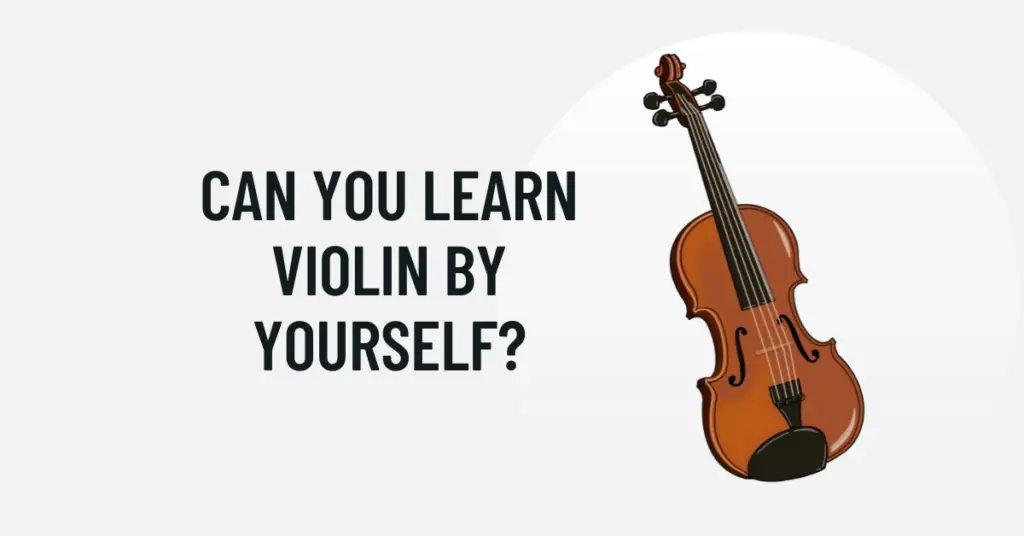Learning to play the violin is often considered a challenging and intricate endeavor. Traditionally, aspiring violinists have sought guidance from experienced teachers. However, with the wealth of online resources and learning materials available today, the possibility of self-taught violin mastery has become increasingly viable. In this article, we’ll explore the potential of learning the violin by yourself, the resources available, and the strategies to succeed in your solo violin journey.
1. Gather the Right Equipment
Start by acquiring a quality violin, bow, rosin, and a shoulder rest. It’s essential to have a properly sized instrument that suits your stature. If you’re uncertain about the right size, consult a violin shop or an experienced violinist. Also, invest in instructional books, online courses, and tutorial videos designed for beginners.
2. Focus on Proper Technique
Mastering the violin requires precise techniques and posture. Begin with the basics: learn how to hold the violin, the bow, and proper finger placement on the fingerboard. Utilize online tutorials and instructional videos that focus on correct posture, bowing techniques, and fingering exercises. Practicing proper technique from the beginning sets a solid foundation for your progress.
3. Utilize Online Resources
The internet is a vast treasure trove of violin tutorials, lessons, and practice resources. Numerous websites offer step-by-step lessons, play-along videos, and exercises suitable for beginners. Platforms like YouTube have dedicated violin channels where experienced players share their expertise. Online violin forums and communities also provide valuable insights and support from fellow violin enthusiasts.
4. Practice Regularly and Consistently
Consistent practice is essential for mastering the violin, whether you’re learning from a teacher or teaching yourself. Establish a regular practice routine, setting aside dedicated time each day for your violin practice. Focus on exercises that enhance your bowing, intonation, and finger dexterity. Regular, focused practice is key to improving your skills and building muscle memory.
5. Develop Your Ear
Violinists rely heavily on their ears to produce accurate pitches and tones. Develop your ear by listening to violin music across various genres. Pay attention to intonation, phrasing, and bowing techniques used by professional violinists. Practicing with a tuner and playing along with recordings can help you develop a keen sense of pitch and improve your overall ear training.
6. Record and Evaluate Your Progress
Recording your practice sessions allows you to assess your progress objectively. Listen for areas that need improvement, such as intonation, tone quality, or bowing techniques. Regularly recording yourself provides valuable feedback and enables you to track your advancement over time.
7. Stay Patient and Persistent
Learning the violin is a journey that requires patience, persistence, and dedication. Be patient with yourself, especially during challenging moments. It’s natural to face difficulties, but consistent effort and a positive mindset will lead to improvement. Celebrate your progress, no matter how small, and use setbacks as opportunities to learn and grow.
Conclusion
While learning the violin by yourself requires discipline and determination, it’s entirely possible with the right resources and approach. Take advantage of online tutorials, practice regularly, focus on proper techniques, and remain persistent in your efforts. With dedication and a love for the instrument, the violin can become a fulfilling and enriching part of your musical journey. Remember that every accomplished violinist started as a beginner, and with passion and perseverance, you can create your own beautiful melodies on this timeless and elegant instrument.

